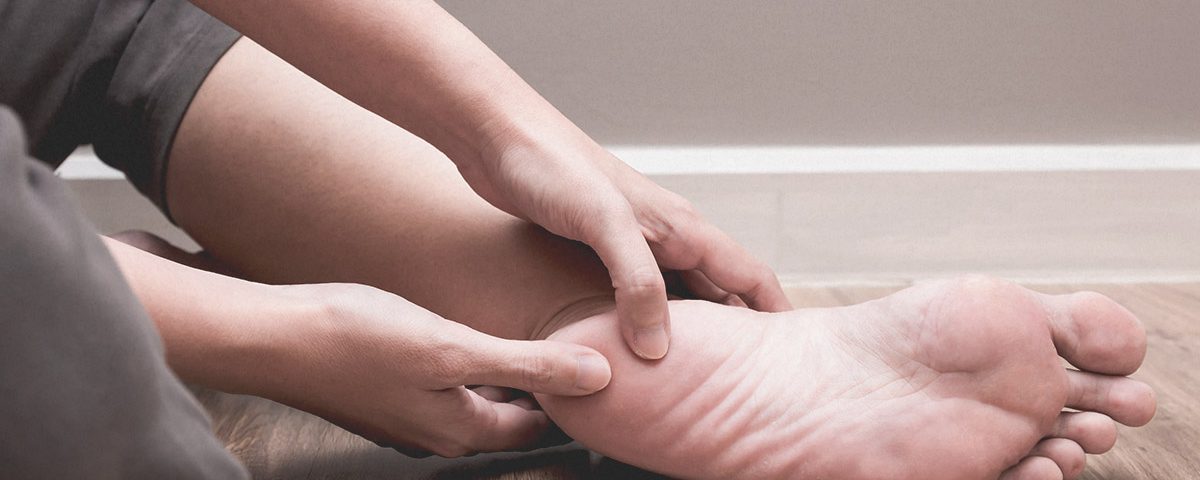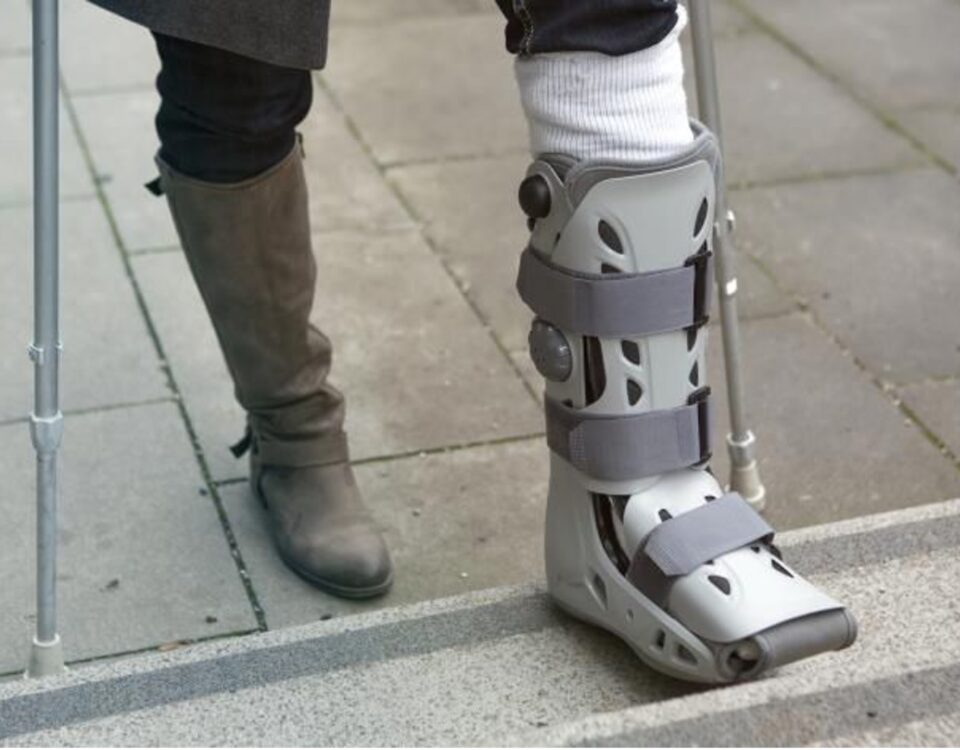Ball of the Foot Pain

7 Signs It’s Time to Consult a Foot Doctor: Stepping Towards Relief
June 20, 2023
How do you know when you tear your Achilles Tendon?
July 7, 2023Ball of the foot pain, also known as metatarsalgia, is a condition characterized by pain and discomfort in the area between the toes and the arch of the foot. It commonly affects the bones and joints at the base of the toes (metatarsals) and the surrounding soft tissues.
Several factors can contribute to ball of the foot pain, including:
- High-impact activities: Engaging in activities that involve repetitive impact, such as running or jumping, can put excessive pressure on the ball of the foot.
- Improper footwear: Wearing shoes that do not provide adequate support or have narrow toe boxes can lead to increased pressure on the ball of the foot.
- Foot abnormalities: Conditions such as high arches, flat feet, or hammertoes can contribute to ball of the foot pain.
- Excess weight: Being overweight or obese puts additional strain on the feet, including the ball of the foot.
- Aging: As people age, the fat pad in the ball of the foot can thin out, resulting in less cushioning and increased discomfort.
The symptoms of ball of the foot pain may include a sharp or burning pain in the area, a feeling of walking on a pebble, numbness or tingling, and increased pain with activity or wearing certain types of shoes.
Treatment options for ball of the foot pain typically involve conservative measures such as:
- Rest and ice: Taking a break from activities that exacerbate the pain and applying ice packs to the affected area can help reduce inflammation and pain.
- Supportive footwear: Wearing well-fitting shoes with good arch support and a wide toe box can alleviate pressure on the ball of the foot.
- Orthotic inserts: Custom or over-the-counter shoe inserts can provide additional cushioning and support to the metatarsal area.
- Pain medication: Over-the-counter nonsteroidal anti-inflammatory drugs (NSAIDs), such as ibuprofen, can help reduce pain and inflammation.
In cases where conservative measures do not provide relief, or if there is an underlying foot deformity or structural issue, a healthcare professional may recommend additional treatment options, including physical therapy, corticosteroid injections, or, in rare cases, surgery.
It’s important to consult with a healthcare professional, such as a podiatrist or orthopedic specialist, for an accurate diagnosis and appropriate treatment plan for ball of the foot pain.



